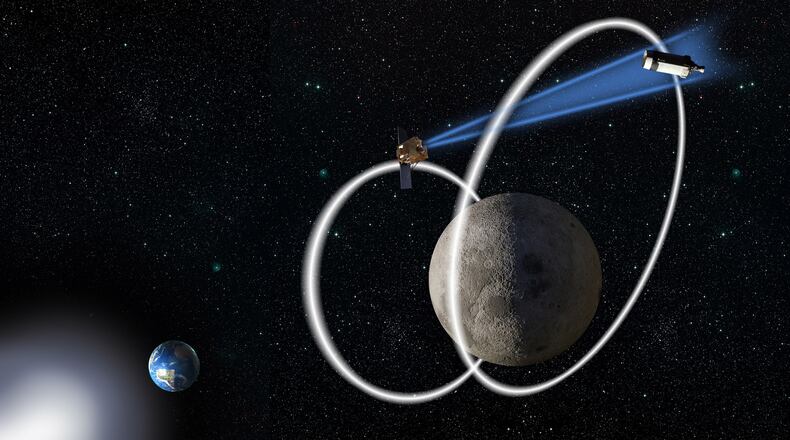The idea is to patrol space and establish awareness of what’s going on well beyond geostationary orbit with the CHPS satellite. The satellite would patrol what’s called “cislunar space,” that vast region of space around Earth outward past the moon’s orbit.
“Until now, the United States space mission extended 22,000 miles above Earth,” the video’s narrator says. “That was then. This is now.”
With the CHPS system, AFRL is extending that range 10 times, and extending the reach of the U.S. military by 1,000 times, “Taking our reach to the far side of the moon,” the video says.
The technology will stretch well beyond thousands of government and private satellites.
“The debris environment in that area is poorly understood and would benefit from a system like CHPS,” Capt. David Buehler, CHPS program manager, said in 2020.
A lot of “space domain awareness” today is conducted with sensors on the ground. One concern: The moon is so bright, it can be next to impossible to see satellites around the moon from Earth, said the director of the AFRL Space Vehicles Directorate, Col. Eric Felt.
And those satellites must be seen if the United States is to return to the moon.
“I need to have some technologies to be ready to do that,” Felt said in a 2020 interview.
Space.com has reported that AFRL will issue a request for prototype proposals by the end of March, followed by a contract this summer.
Air Force Research Lab’s YouTube channel can be found here.
About the Author

